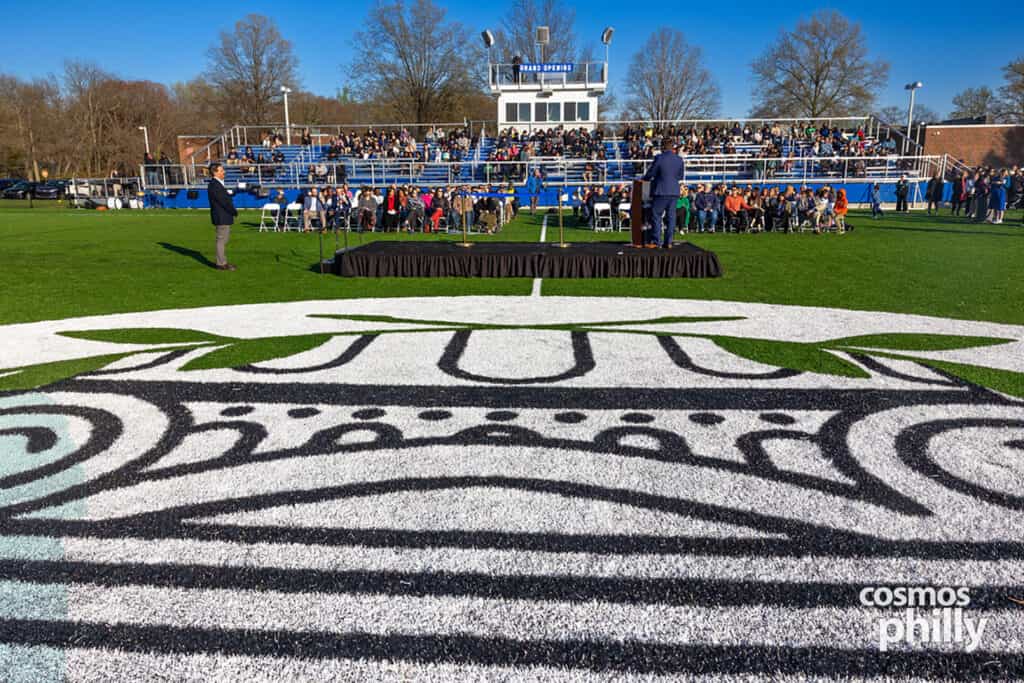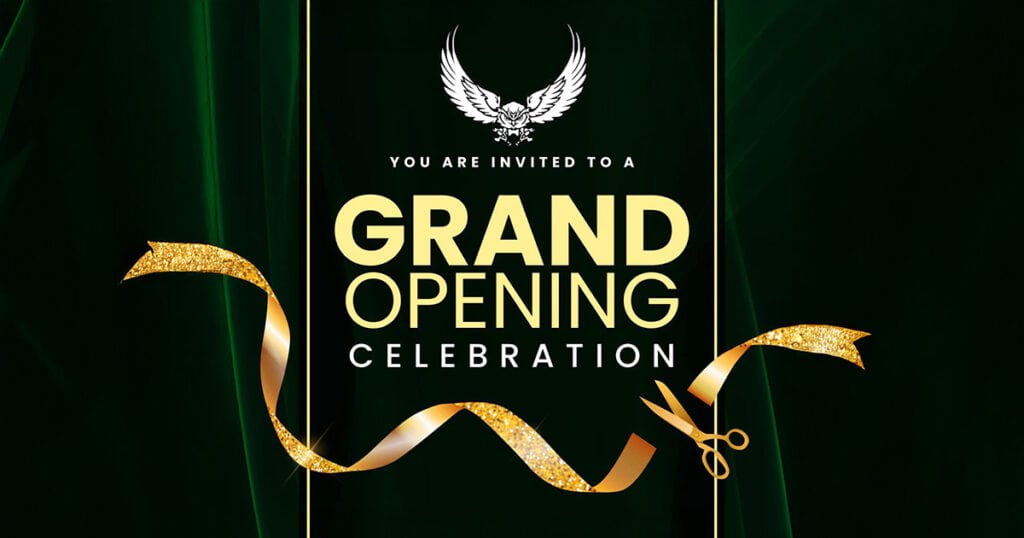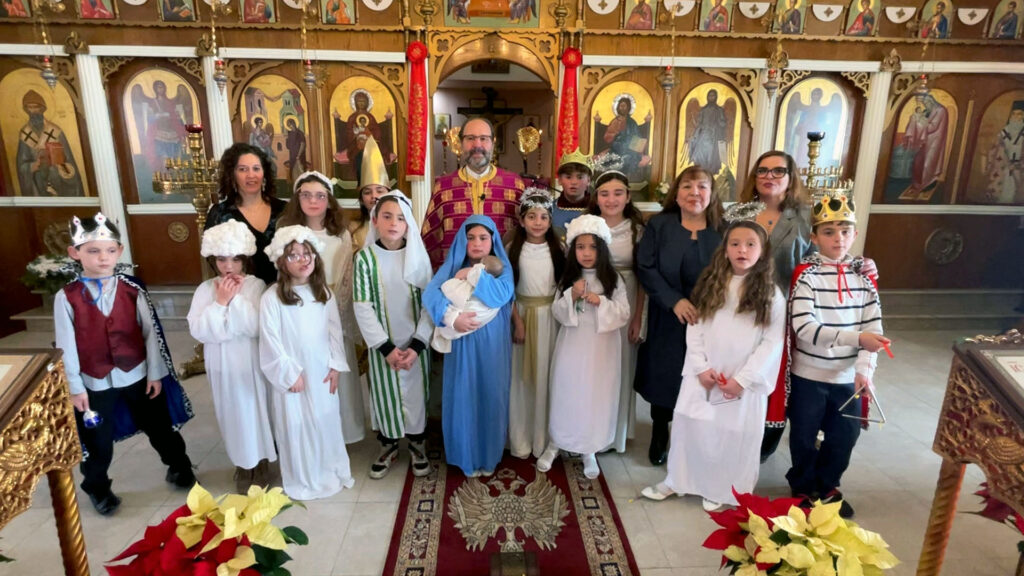The summer is ending. In some jurisdictions, school has started, and as a university lecturer, I am using a hiatus between summer classes and the fall semester to tune up syllabi. The vacation-centric “August” of our years in Europe is a fading memory, and the current Greek August is turning out to be a tragic inferno.
It has been a pedagogical summer all around. In addition to teaching incoming college freshmen, once a week, I pointed my car northwards and upwards into the spectacular Blue Ridge Mountains, bound for the Greek Orthodox Diakonia Center of the Metropolis of Atlanta. My nickname for this sacred space is “America’s Mystra.”*
My family and I, including our dog Rocky, often go to the Panagia Chapel, an architectural and spiritual descendant of Mystra’s Pantanassa, for church services, including one to memorialize the recent departure from this world of my wife’s much-loved father. My weekly trips this summer, however, focused on “Byzantium in Context” to the participants of St. Stephen’s Summer Camp.
The summer camp, operated by the Greek Orthodox Metropolis of Atlanta, provides a spiritual and recreational solace for Greek Orthodox teenagers in a setting both all American (and Southern) yet readily recalling many a mountainous spiritual retreat in Greece.
Even in such a setting, particularly after a long day of both physical and mental activity, telling the timeline of Greek history is a tough sell. On a Southern summer afternoon, it is even harder.
What I tried to leave my temporary (often unwilling) charges with had less to do with dates and facts, but rather, that Byzantium existed, that it was the continuation of the Greco-Roman world in a Christian setting and that the Christianity we practice—and the identity we hold—directly descend from Byzantium.
Then I asked, “Has anyone ever told you this, in this way?”
That got their attention—assuming they were indeed awake. With rare exceptions, the answer was a resounding “No.” Not from school, not from family, not from Church, Greek School, Greek Dance, Greek Organizations. Were the silence solely from the American school and university system, one might give it a pass. When neither parents nor ecclesiastical/ethnic organizations took the time to put over a millennium of Greek history—much of it quite spectacular—into context, there is a larger problem.
I ask yet another question.
“What empire lasted as long as Byzantium? I’ll wait.”
History is one of my passions, but it is also a front in a struggle we are losing. When most of the students assembled were unaware of the Asia Minor Disaster or the Greek Genocide that occurred in the first decades of the twentieth century—unless their families were directly impacted—this is yet another disaster. If we do not know our history, then we can be assured that others will not, or they will interpret it in ways that disintermediate us from our own story and with our own passive acquiescence.
Over the past several years, I have worked both individually but also with active and enlightened organizations such as East Mediterranean Business Culture Alliance (EMBCA) to tell a more holistic, contextual Greek story to an audience both Greek and non-Greek. Given the Bicentennial year, we have accelerated our programs and lectures, and others have followed our lead. We need more, not less, of these activities.
What my summer sessions drove home to me was the need to do this at a (pardon the pun) elementary level, as well as for adult audiences. This is on us.
If you do not know your history, it will become somebody else’s history.
*Full disclosure: “America’s Mystra” was first coined by my good friend Eric Hill.








